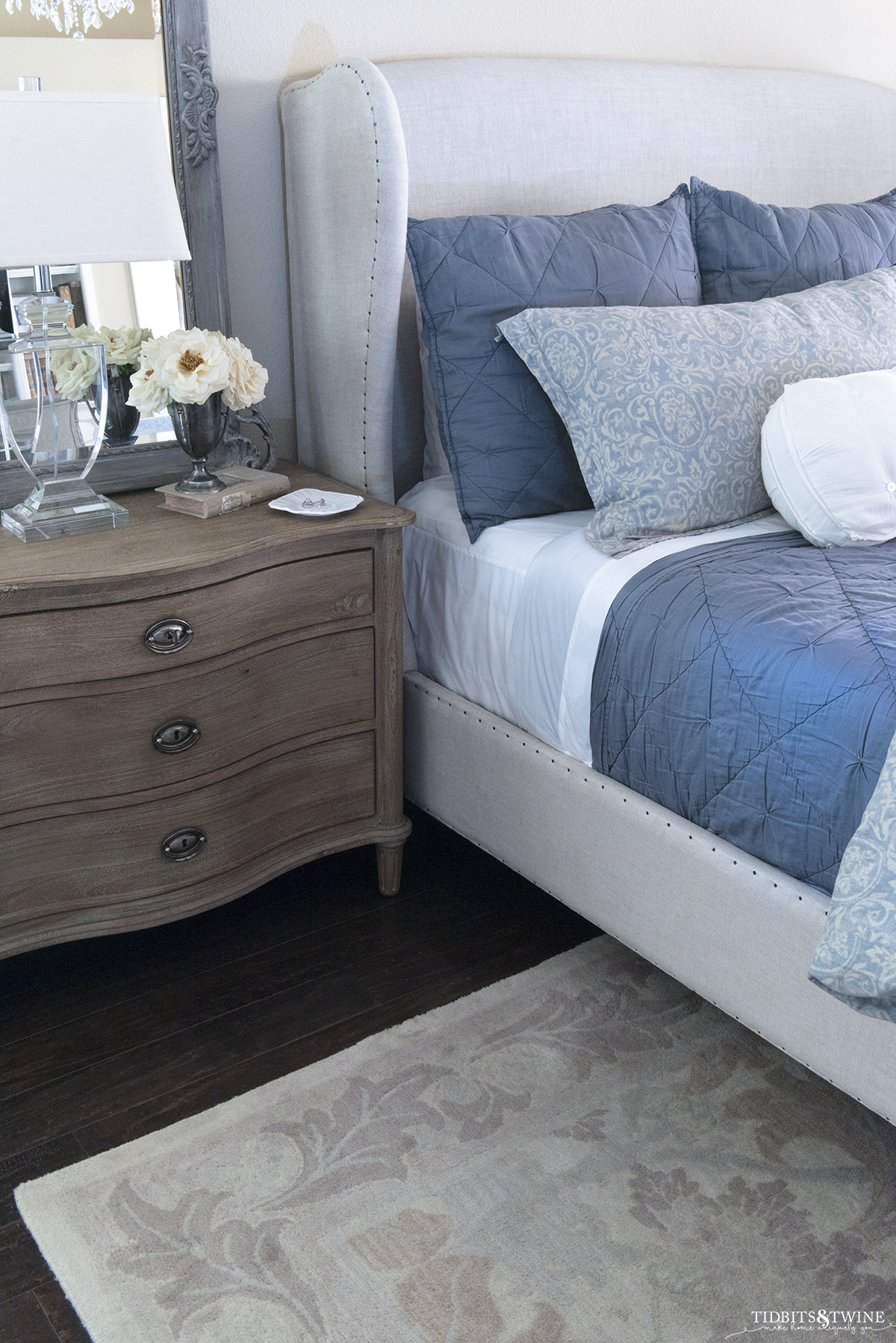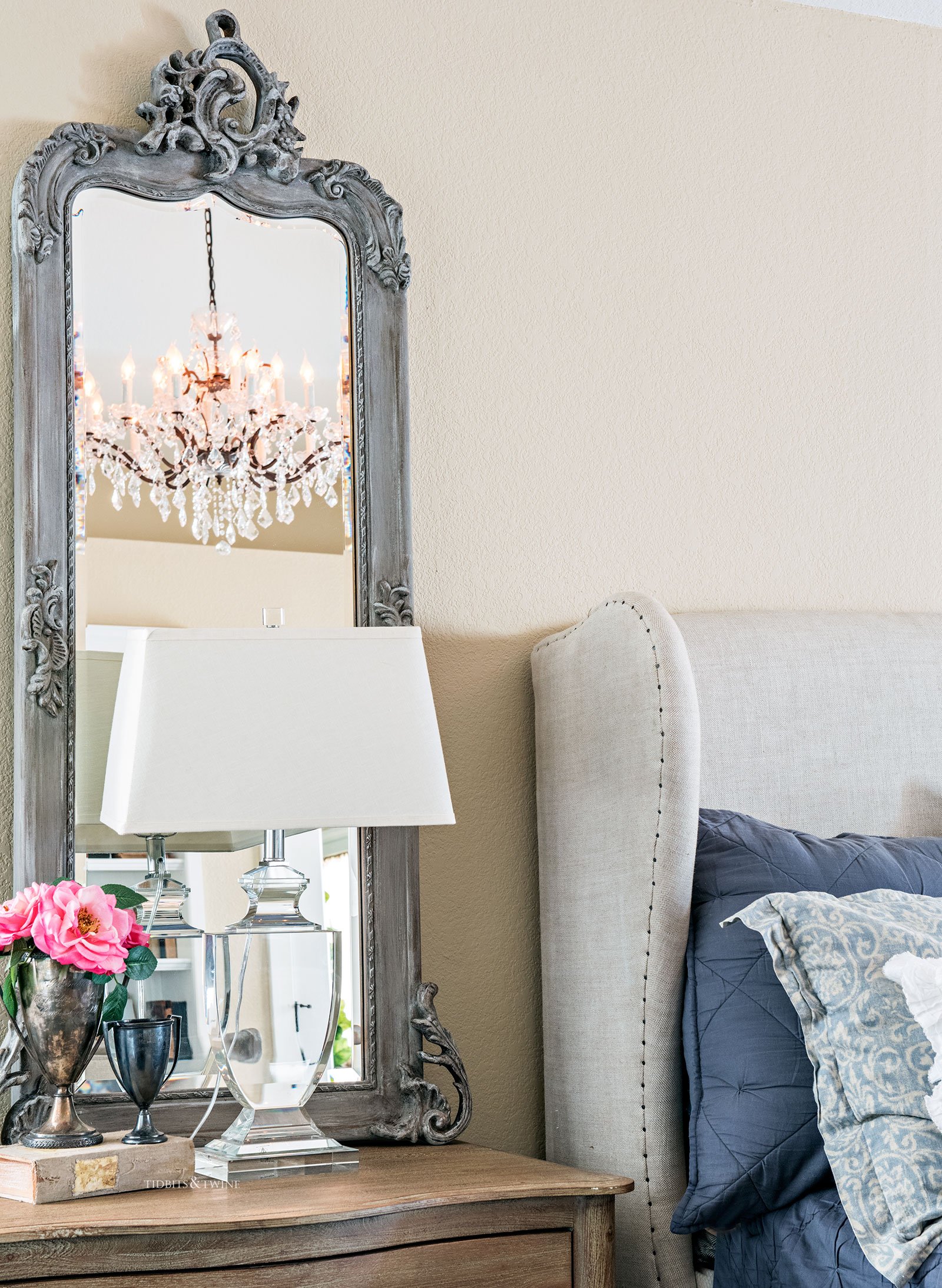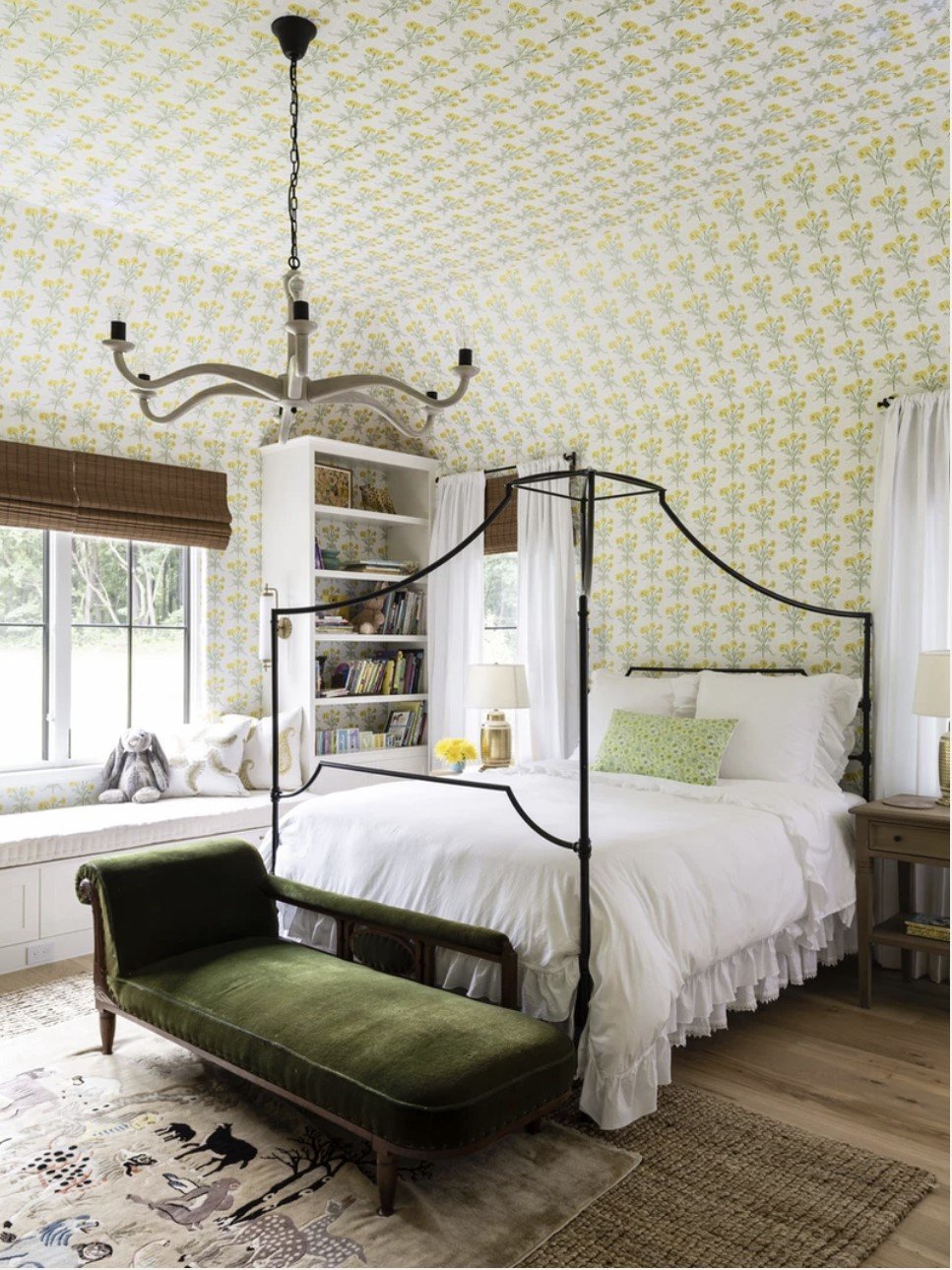In the quest for a dreamy bedroom setup, understanding nightstand dimensions is key. Let’s uncover the art of finding the perfect fit.
Nightstands are the unsung heroes of our bedrooms, holding our essentials within arm’s reach and adding a dash of style to the mix.
But here’s the deal: getting the right nightstand dimensions can make all the difference between a seamless setup and a visual mess. But fear not, because we’re about to unravel the mysteries of nightstand dimensions in a way that won’t make your head spin. So, grab your comfiest blanket and get ready to master the art of picking the perfect nightstand dimensions with a sprinkle of casual wisdom.

Nightstands are essential pieces of bedroom furniture that provide both functionality and style to your sleep sanctuary. Choosing the right nightstand dimensions is crucial to ensure they complement your bed and overall bedroom layout. The perfect nightstand should not only serve as a convenient storage solution but also seamlessly integrate into your bedroom’s aesthetic.
So let’s look at the various factors to consider when choosing your nightstand dimensions, to help you find the ideal fit for your space. You can use the Table of Contents below to jump to a section.
What’s the Standard Size of a Nightstand?
If you’ve been shopping for a nightstand recently, you’ll realize that there’s no standard size. Why? Because nightstands should be proportionate to the size of the bed, the height of the mattress, and the overall size of the room!
In general, though, most nightstands fall somewhere between 24″ – 30″ tall. This variation gives wiggle room so that you can find the right height for your specific bed.
Beds themselves used to be around 25″ from the floor to the top of the mattress. These days, however, more and more mattresses have a pillow top or mattress topper on them, making beds anywhere from 26″-30″ tall.
All of this just means that when considering a nightstand size, there’s no one-size-fits-all approach!
What to Consider Before Buying
Nightstands serve as convenient surfaces to place essentials within arm’s reach, such as table lamps, alarm clocks, books, electronic devices, or even a glass of water. They also offer storage space for personal items, helping you keep your sleep environment organized and clutter-free.
Think of them as the designated landing zone for your midnight snacks, reading glasses, and the snooze button on your alarm clock. But here’s the kicker: they need to look good while doing all that heavy lifting.
The Goldilocks Principle
You’ve heard of Goldilocks and her quest for the perfect porridge, right? Well, the same principle applies to nightstand dimensions. They can’t be too tall, too short, too wide, or too narrow; they have to be just right. The goal is to strike a balance between the height of your bed, the available space, and your personal style preferences.
Considerations for Nightstand Dimensions
Before diving into the dimensions, consider the following factors that influence the functionality and appearance of your nightstands:
- Bed Height: The height of your bed plays a significant role in determining the ideal height for your nightstands. A nightstand that is too tall or too short in comparison to your bed can be visually jarring and uncomfortable to use.
- Bed Size: The size of your bed directly affects the width and depth of the nightstand you choose. Larger beds, such as king-size or queen-size, may require wider and more substantial nightstands.
- Room Size: Evaluate the available space in your bedroom. Opt for nightstands that provide functionality without overwhelming the room.
- Style and Aesthetics: Nightstands should complement your bedroom’s decor style. Whether your aesthetic is modern, traditional, minimalist, or eclectic, the dimensions should align with the overall design.

Nightstand Dimensions: Selecting the Right Height
Let’s talk about height. You know that feeling of fumbling around in the dark for your water glass? Yeah, that’s why getting the height of your nightstand right is essential. Ideally, the top of your nightstand should be roughly level with the top of your mattress. This eye-level alignment makes it a breeze to grab your essentials without having to play detective in the dark.
Determining the Ideal Height
The height of your nightstand should be proportional to your bed’s height, allowing for comfortable access from the mattress.
The general rule of thumb is that the nightstand’s top surface should be approximately level with the top of your mattress.
This ensures easy reach for items placed on the nightstand, such as reading materials and bedside lamps.
For me, I consider 3 inches above or below the top of the mattress to be the right size. It’s hard to be exact, not to mention that if you change your mattress, you might change the overall height of your bed! Therefore, I like to use the +/- 3 inches rule.
Adjustments for Bed Types
Different types of bed frames may require slight variations in nightstand height:
- Standard Beds: For standard beds, the height guideline mentioned above applies.
- Platform Beds: Modern platform beds tend to have a lower profile, so you may consider low nightstands for a balanced look.
- Taller Beds: If you have a particularly tall bed, opt for slightly taller nightstands to maintain comfortable access.
Selecting the Right Width
In general, the larger the bed, the larger the nightstand it can accommodate! This helps to keep both the bed and the nightstand proportionate to one another. So, the width of your nightstand depends on the size of your bed. These are the guidelines that I generally use:
- Twin Bed: Use a small nightstand that is anywhere from 18″ – 21″
- Queen Bed & Full Sized Bed: Look for bedside tables that are 21″ – 26″ wide
- King Bed: Anywhere from 26″ or greater will pair nicely with a King size bed or even a Cal-King bed
Nightstand Width Variations
There are some instances where the guidelines above just won’t work. For example:
- Twin beds with one nightstand in between them look better with a larger nightstand in the center, not a small one. The nightstand then becomes the focal point.
- If you have a large room with a large amount of wall space on the side of the bed that you need to fill, you might opt for a wider nightstand in order to fill 2/3 of the space.
- If you’re short on space, opt for a narrower nightstand to avoid the nightstand being squished directly between the bed and the side wall.
- Also take your design aesthetic into consideration. For example, if you’re a Minimalist, you might opt for the narrower side of the width range in order to keep your space to a visual minimum.
The general rule of thumb is the larger the mattress, the wider the nightstand you can use.
Finding the Perfect Nightstand Depth
There is a large range of sizes when it comes to the depths of nightstands. They can vary from 12″ deep to up to 30″ deep! There’s no perfect depth but you do want it to allow for proper storage, while ensuring that it doesn’t stick out too far in the room. No one wants to bump their knee on the nightstand while getting out of bed!
I tend to look at nightstands that are anywhere from 16″ to 24″ deep because this provides the best function in a room.
Don’t forget that size matters when it comes to rugs! Find the right size rug for your bedroom in my Rug Sizing Guide
Do This Before You Buy a Nightstand
Measuring Your Space
Before making a purchase, measure the available space on either side of your bed to ensure the nightstands fit comfortably without crowding the room.
Mock-Up Arrangement
If possible, create a mock-up arrangement by placing boxes or objects of the same size as the nightstands in your bedroom. This visual representation can help you gauge the visual impact and ensure a balanced look.
Try Before You Buy
If you’re able to, visit a showroom or furniture store to physically experience the nightstand’s dimensions. This can provide a better understanding of how it feels in relation to your bed.
Online Resources
Utilize online tools and resources that allow you to visualize how different nightstand dimensions will look in your bedroom. Some furniture retailers offer virtual room planners that can help you find the perfect fit.
Additional Tips & Tidbits
- Determine your needs before selecting a nightstand. Do you need drawers? Open shelving?
- Think about what you want to keep on top of your nightstand, While that won’t affect the height, it could affect the width and depth you choose.
- Nightstands are a perfect place for beautiful accessories! Be sure to check out my Tips for Styling a Vignette.
- Allow for about 3″ of space between your bed and your nightstand so that your bedding can hang properly.
- Don’t look at just the size of your nightstand! Take into account the nightstand(s) and bed as an overall unit to ensure that the size is proportionate to the room.
- Are you ready for some bedside reading? Here’s a guide on the Perfect Height for Sconces
More Decorating Tips
- Coffee Table Dimensions – How to Choose the Right Size
- Design Guide: The Right Wall Sconce Height for Every Room
- The Best Vintage-Style Brass Kitchen Faucets
- Decorating with French Olive Jars

Join the Community
Let’s keep in touch! Get exclusive artwork plus the latest news delivered directly to your Inbox!

